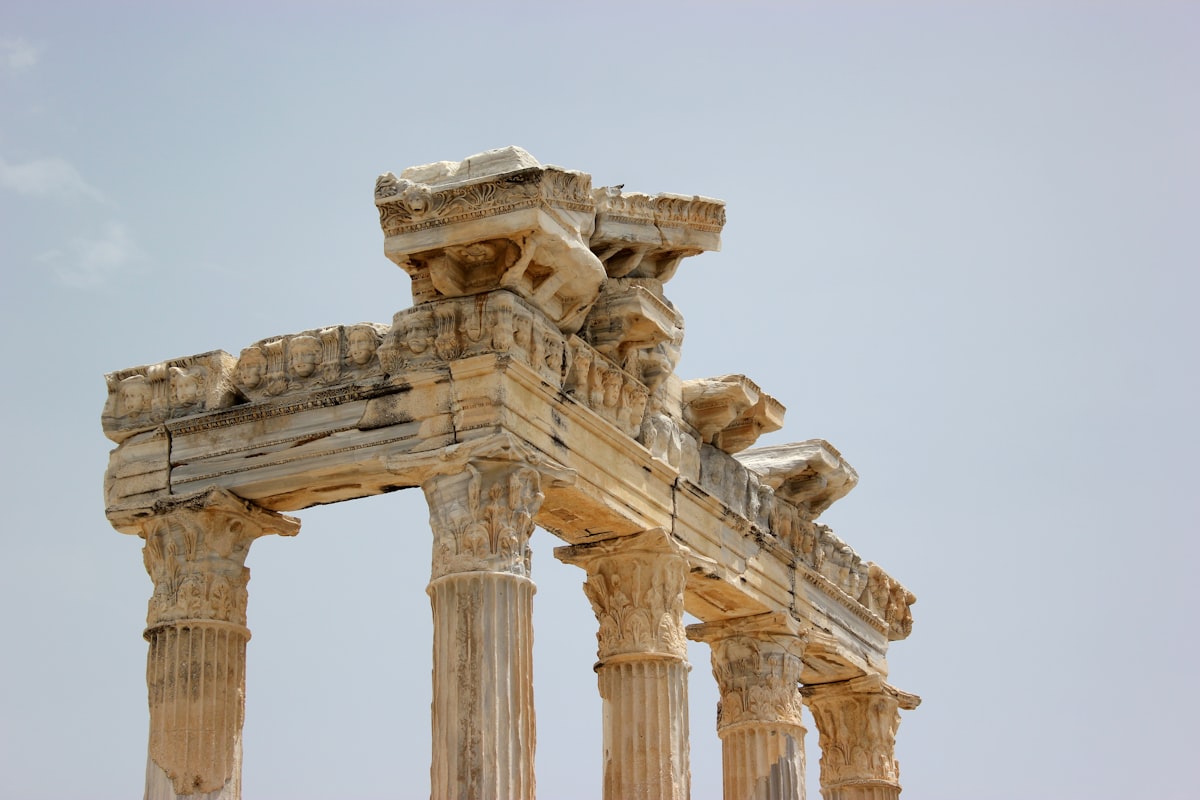The Team Behind BogTools have Launched a Greek Mythology Inspired DeFi Platform with BUSD Earning

Bringing in liquidity while still retaining a high level of profits, Olympus is a Greek mythology-inspired platform that offers a dual BUSD-reflect program and a whale buyback system. People can hold on to its native OLYMPUS token and earn BUSD, the Binance USD pegged stablecoin.
Why Not Burn?
Since the launch of Bitcoin, the original cryptocurrency, deflationary economics has been one of the fundamentals of nearly every crypto coin and token. The concept being that with limited supply, scarcity is ensured and this will push up the value of the token as demand rises, but the supply remains limited. Many tokens take it a step further by employing what is known as token burning. Tokens are regularly bought back in mass quantities and then sent to a one-way wallet that can accept, but not send out. This essentially takes the tokens out of circulation, the dearth creating an accelerated price jump.
Olympus, however, believes that token burning is not the right way as the permanent removal services no other purpose. Instead, it employes a buyback system that still reduces active token circulation yet offers the retained tokens to be used to run the economics with ease.
From Mount Olympus to the Underworld
Olympus employs five distinct methods that ensure liquidity remains within the Olympus ecosystem through its buyback program and at the same time users are rewarded for their faith in the system,
- Zeus: 4% of transaction charges are sent to Zeus to fund the buyback power.
- Poseidon: Another 4% of transaction charges are redirected, but this time to the liquidity pool to ensure there is no friction from the dwindling supply. To make sure the pool doesn’t slip the other way, any excess liquidity beyond the 25% of the market capital will be redirected to Zeus to aid in more buyback and bring balance to the system.
- Plutus: As a god of wealth, Plutus takes another 4% of the transactions, converts it in BUSD and distributes it to OLYMPUS holders for holding on to the tokens.
- Favour: 2% of transactions are saved in a wallet dedicated to fueling new developments and other ecosystem activities such as marketing and promotions.
- Hades: On every buyback, transaction fees are doubled for half an hour, discouraging large sells that could otherwise crash the rising OLYMPUS value.
Runes, NFTs and OLYMPUS Token
Olympus offers two distinct methods by which any project can leverage its system to ensure long term viability for itself.
The locker of Ananke allows other projects to deposit their tokens and lock their liquidity. Each aspect of the locker is transparent so that all stakeholders can easily view the locked amount and ensure that developers will not be able to perform a rug pull.
Wheel of Khronos is another method in which developers can again lock their tokens, but the smart contract will issue the tokens at specific intervals, creating a steady supply for the developers to fuel their work and pay their salaries.
Non Fungible Tokens (NFTs) are a craze these days and have shown that these can be very useful for artists to monetize their works. The Pantheon is a temple for all gods and in the Olympus platform, it is meant for the launch and selling of NFT based artwork.
OLYMPUS, the native token that powers the platform is available to the public on the BSC as a BEP20 compliant token. The token was recently launched on the 1st of July through dedicated whitelisted buyers on the Sabaka Launchpad. The OLYMPUS token can now be bought by the public through the BoggedSwap and PancakeSwap DEXs.
With a unique approach towards a dynamic auto liquidity generation protocol that ensures a minimum price flooring, retains liquidity and at the same time rewards holders, The Olympus platform is one of a kind that offers a whole new method of generating profits.




